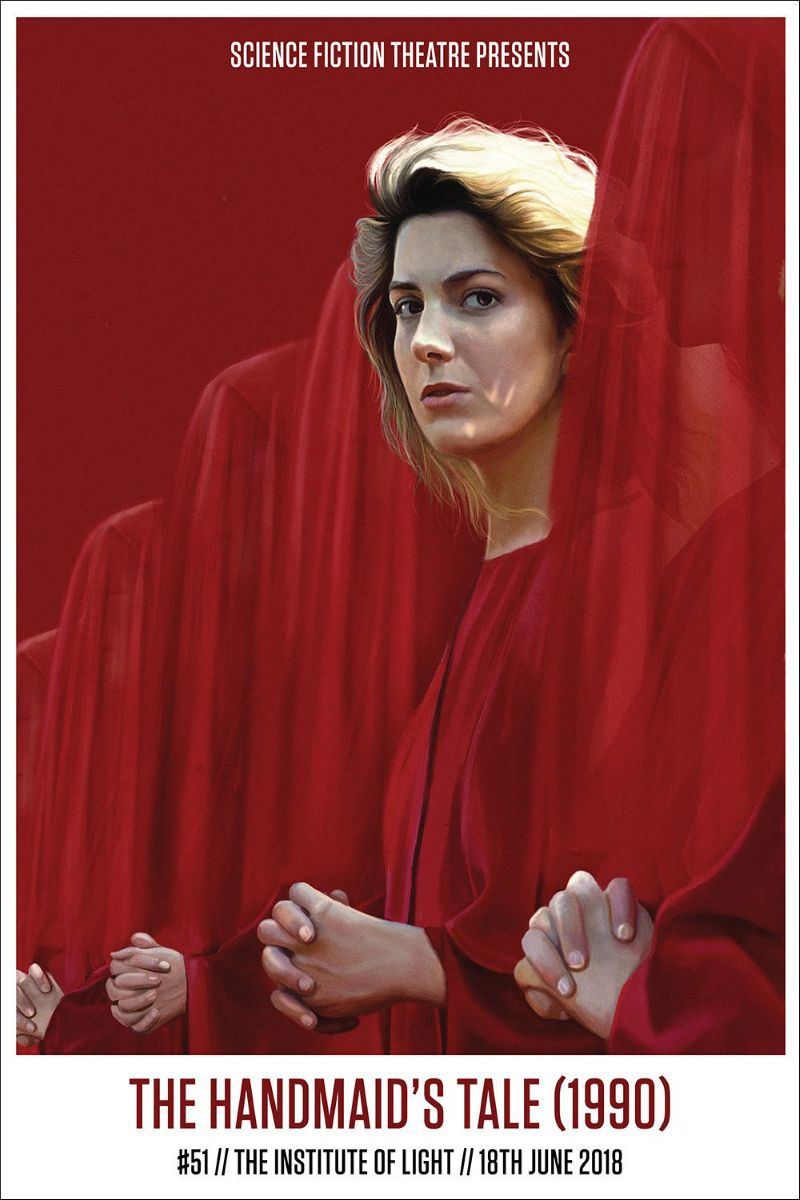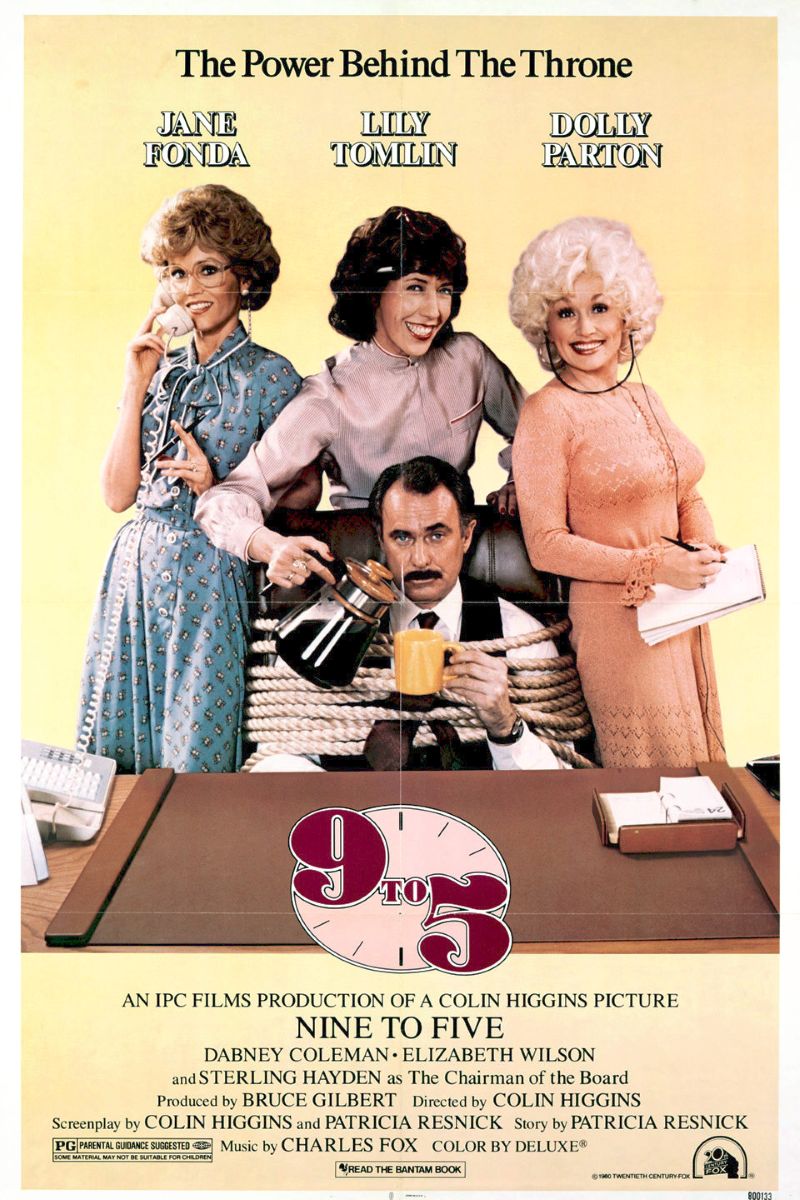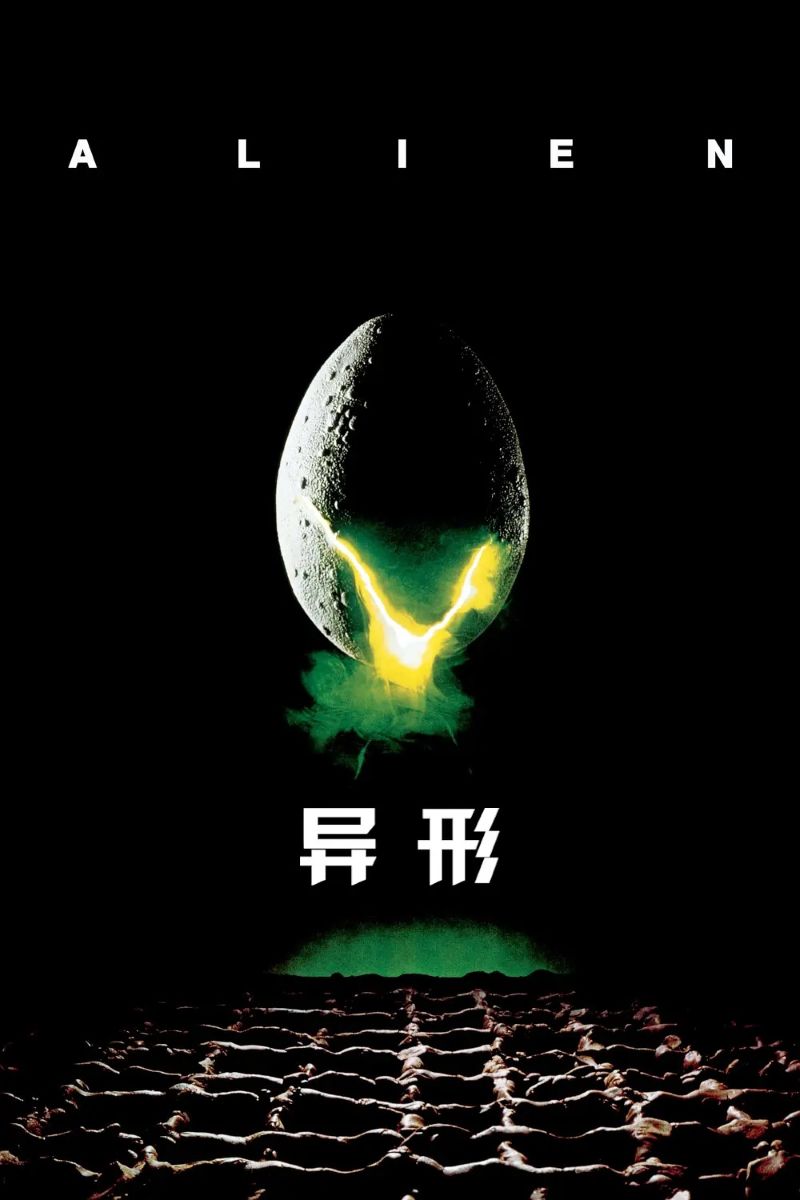
The Handmaid's Tale
The Handmaid's Tale
Based on Margaret Atwood's novel of the same name, the film tells the story of a future dystopian society where women are reduced to breeding tools. It profoundly depicts women's oppression under patriarchy and the power and price of resistance.
Cast
🎥 Film Analysis & Review
Volker Schlöndorff’s “The Handmaid’s Tale” stands as an early cinematic adaptation of Margaret Atwood’s classic dystopian novel. While less widely recognized than the later television series in terms of artistic achievement, it remains a significant work of 1990s feminist cinema with profound cautionary significance and political value. Through its direct and brutal depiction of women’s circumstances under totalitarian rule, this film has become an important milestone in feminist dystopian narrative.
A World Where Women’s Bodies Are State Property
Set in the theocratic state of Gilead, where environmental pollution has caused declining fertility rates, fertile women are forced to become “Handmaids,” specifically tasked with bearing children for the ruling class. Offred, as a Handmaid, is stripped of her name, identity, and freedom, reduced to a walking womb. This extreme bodily control represents not mere science fiction imagination but sharp criticism of how women’s reproductive rights are politicized and controlled in reality.
The film’s most disturbing aspect is its depiction of female body commodification. Handmaids wear red robes and white bonnets—this uniform serves not only as identity marker but complete erasure of individuality. The monthly “Ceremony”—a ritualized rape—is packaged as religious duty, revealing how patriarchy legitimizes women’s oppression through sanctification. Natasha Richardson’s performance is nuanced and powerful, conveying through subtle facial expressions the character’s inner resistance and despair.
The Hierarchy of Female Oppression
The film’s female characters are richly layered, showing different women’s varied circumstances within the oppressive system. Commander’s Wife Serena Joy, though enjoying relative privilege, remains trapped in patriarchy’s cage, her suffering stemming from the shame of infertility. Marthas handle domestic labor, Econowives perform the most dangerous cleaning work—each female group is divided and exploited. This “divide and conquer” strategy represents a classic totalitarian tactic.
The film demonstrates how patriarchal systems create hierarchies among women to maintain control. The Wives, though complicit in the system that oppresses other women, are themselves victims of the same patriarchal structures. Their power is entirely derivative, dependent on their husbands’ status, and they too are denied literacy, autonomy, and genuine authority. This complexity prevents simple victim-perpetrator binaries and shows how oppressive systems corrupt and compromise all within them.
Religious Extremism as Political Control
The film’s critique of religious extremism combined with political power is particularly sharp. Gilead governs according to the Bible, but through selective interpretation and distortion of religious texts. The film suggests that when religion combines with political power, it often becomes a tool for oppressing vulnerable groups. This critique held special relevance in the 1990s, when religious conservatism was rising globally and women’s rights faced new challenges.
The perversion of religious language and imagery in service of oppression is particularly chilling. Biblical passages are weaponized to justify systematic rape, forced pregnancy, and the complete subjugation of women. The film shows how authoritarian regimes exploit religious faith, transforming spiritual practices into mechanisms of control while maintaining a veneer of righteousness and divine mandate.
Visual Language of Oppression
Though the film has limitations in visual presentation and narrative pacing compared to later adaptations, its exploration of core themes remains profoundly powerful. The color-coding of women—red for Handmaids, blue for Wives, green for Marthas—creates a visual language of classification and control that speaks to how authoritarian systems reduce complex individuals to simple categories.
The stark, controlled cinematography mirrors the rigid social control of Gilead. Symmetrical compositions and restricted camera movements create a sense of claustrophobia and surveillance, making viewers feel the oppressive weight of the totalitarian state. The film’s visual restraint becomes a formal expression of the characters’ constrained lives.
Resistance and Collaboration
The film explores the complex dynamics of resistance and collaboration within oppressive systems. Not all women resist, and not all resistance is heroic or successful. Some women, like Aunt Lydia, become enforcers of patriarchal control, demonstrating how oppressed groups can be co-opted into maintaining their own oppression. This complexity reflects real-world dynamics where women sometimes participate in systems that ultimately harm them.
The underground resistance network, Mayday, represents hope but also danger. The film shows how resistance requires not just courage but careful strategy, trust, and often terrible sacrifice. The ambiguity surrounding who can be trusted reflects the paranoia and isolation that totalitarian systems deliberately create to prevent organized opposition.
Contemporary Relevance and Prophetic Warning
In contemporary context, “The Handmaid’s Tale’s” prophetic nature becomes increasingly apparent. From abortion bans in multiple U.S. states to global regression in women’s rights, the film’s extreme scenarios seem less like distant fantasy. The film reminds us to remain vigilant against political forces attempting to control women’s bodies and reproductive rights, as the distance from restriction to totalitarianism is often just one step.
The film’s relevance has only intensified with recent political developments worldwide. The rise of authoritarian movements that explicitly target women’s rights, the rollback of reproductive freedoms, and the increasing politicization of women’s bodies make the film’s warnings more urgent than ever. It serves as a reminder that rights once won can be lost, and that democracy itself depends on women’s full participation and autonomy.
The Personal as Political
The film effectively demonstrates the feminist principle that “the personal is political.” Offred’s most intimate experiences—sex, pregnancy, motherhood—are completely controlled by the state. Her personal trauma reflects systematic political oppression. This connection between individual experience and structural violence remains central to understanding how patriarchy operates.
The flashback sequences showing pre-Gilead life are particularly effective in demonstrating how quickly rights can erode. The gradual stripping of women’s rights—first from employment, then banking, finally all autonomy—mirrors historical patterns of authoritarian takeover. These scenes serve as warnings about the importance of recognizing and resisting early signs of oppression.
Language, Literacy, and Power
The film’s treatment of literacy as forbidden to women highlights the connection between knowledge and power. By denying women the ability to read and write, Gilead ensures they cannot access information, communicate effectively, or preserve their own histories. This reflects real-world patterns where women’s education is restricted as a means of maintaining patriarchal control.
The corruption of language—where rape becomes “ceremony,” sex slaves become “handmaids,” and oppression becomes “protection”—demonstrates how authoritarian systems manipulate language to obscure violence and normalize oppression. The film shows how reclaiming language and naming oppression accurately becomes a form of resistance.
Environmental Crisis and Female Bodies
The environmental disaster that triggers Gilead’s formation represents another prescient element. The film connects environmental destruction with women’s oppression, suggesting that the same systems that exploit nature also exploit women’s bodies. This ecological dimension adds another layer to the film’s critique of patriarchal capitalism and its destructive consequences.
The fertility crisis becomes an excuse for extreme control over women’s bodies, demonstrating how crises—real or manufactured—can be exploited to justify authoritarian measures. The film warns against allowing fear to override human rights and shows how women’s bodies often become the first battlefield in political struggles.
Conclusion: A Mirror and a Warning
“The Handmaid’s Tale” serves not merely as science fiction but as a mirror reflecting the challenges women face in real society. It reminds us that true freedom is not just political but bodily and spiritual. Only when every woman can autonomously determine her own body and destiny can true equality be achieved.
The film’s value lies in using extreme imagination to sound an alarm, reminding us to cherish and defend hard-won rights. Its stark vision of a world where women’s bodies are completely controlled by the state serves as a powerful warning about the fragility of freedom and the constant vigilance required to maintain it.
Through its unflinching portrayal of systematic oppression and its exploration of resistance’s complexities, the film remains a crucial text for understanding how patriarchal control operates and why feminist vigilance remains essential. In an era where women’s rights face renewed threats globally, “The Handmaid’s Tale” stands as both historical document and urgent contemporary warning, reminding us that the dystopia it depicts is not impossible but rather a potential future we must actively work to prevent.
🏆 Awards & Recognition
- • Berlin International Film Festival Golden Bear nomination
- • German Film Award Best Director nomination
⭐ Ratings & Links
Related Recommendations
讨论区
分享您的想法和观点
加入讨论
分享您的想法和观点
加载评论中...

